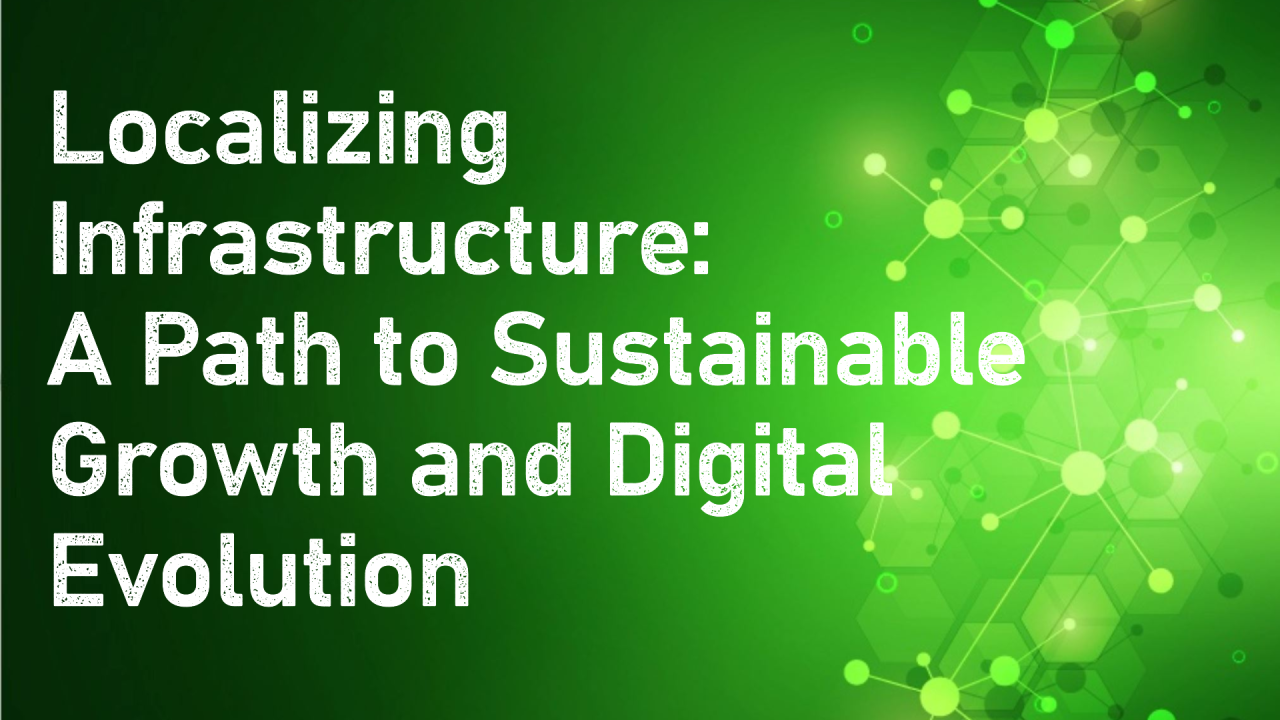NFTs, or non-fungible tokens, are unique digital assets that use blockchain technology to verify ownership and authenticity. The rise of NFTs has created a new market for digital art, collectibles, and other unique items, but they also have the potential to help fight climate change. Here’s how:
- Carbon offsetting: NFTs can be used to create digital certificates that verify the offsetting of carbon emissions. This can encourage companies and individuals to invest in renewable energy and other initiatives to reduce their carbon footprint.
- Green energy production: NFTs can also be used to raise funds for the production of green energy. This can include wind and solar projects, as well as other sustainable initiatives that help combat climate change.
- Supply chain transparency: NFTs can be used to track the sustainability of supply chains, from the sourcing of raw materials to the production and distribution of goods. This can help companies make more informed decisions about the environmental impact of their products and help consumers make more sustainable purchasing choices.
- Conservation efforts: NFTs can also be used to raise funds for conservation efforts, such as reforestation and wildlife protection. This can help preserve natural ecosystems and reduce the impact of climate change.
- Education and awareness: NFTs can also help raise awareness about climate change and its impact on the environment. This can include digital campaigns and educational materials that promote sustainable practices and encourage individuals to take action to combat climate change.
In conclusion, NFTs offer a unique opportunity to help fight climate change by providing new ways to offset carbon emissions, support green energy production, increase supply chain transparency, conserve natural ecosystems, and raise awareness about the impact of climate change. By harnessing the power of blockchain technology, NFTs have the potential to play a critical role in the fight against global warming. Curious how your business is handling carbon emmisions? Do the GRN Energy Carbon Check!










